The 4th May 2023 will mark fifty-three years since the closure of the railway which directly linked the coastal communities of Lowestoft and Great Yarmouth via Gorleston, Hopton and Corton.
The 4th May 2023 will mark fifty-three years since the closure of the railway which directly linked the coastal communities of Lowestoft and Great Yarmouth via Gorleston, Hopton and Corton.
From Saturday 29th April, a special exhibition about the line is being hosted at Lowestoft railway station.
Built in 1903, the Lowestoft to Yarmouth Railway ran through east Suffolk before crossing the then county border near Great Yarmouth.
The line went across the Bure Railway Bridge and five-span Breydon Viaduct and served station that included: Great Yarmouth Beach Station, Yarmouth South Town, Gorleston North, Gorleston On Sea, Hopton, Corton, Lowestoft North and Lowestoft Central. In 1914 a Halt was added at Gorleston Links to serve an adjacent golf course.
The Lowestoft - Yarmouth Railway Line Exhibition opens at the Parcels Office, Lowestoft Railway Station, on Saturday 29th April running daily from 10am to 3pm. Please note, the exhibition will be closed on Sundays, Coronation Day, Saturday 6th May, and open between 10am and 1pm only on Monday 1st 1 & Monday 8th May. Admission is free. Before 1903, direct services linking the two towns ran via a curve east of Reedham to Yarmouth Vauxhall and following construction of the Beccles-Yarmouth route, via a junction at Haddiscoe. Built by Rugby based contractors Oliver & Sons, when opened, the direct Lowestoft to Yarmouth line was operated by a joint committee comprising of the Great Eastern Railway (GER) and the Midland and Great Northern Joint Railway (M&GNJR). The section of line from Yarmouth Beach which included the construction of the Bure Bridge, a bridge across the GER Vauxhall – Norwich route and Breydon Viaduct was constructed by the M&GNJR with the GER constructing the section from Gorleston North along the coast to into Lowestoft Station which was then named Lowestoft Central.
The railway companies hoped that the line would lead to the development of holiday resorts, and it is believed that Gorleston and Hopton had ‘On Sea’ added to their names as part of a railway publicity campaign. The route saw services running via the former MGNJR network to and from the Midlands and North and summer specials bringing thousands of holidaymakers to a host of holiday camps along the coast. As well as a variety of freight traffic including fish, coal, and sugar beet, during the First World War Lowestoft North station also saw the arrival of thousands of troops as the Army had constructed training camps on the nearby North Denes and Corton Rd playing field.
After the 1953 East Coast Floods, services across the Breydon Viaduct ended as maintenance to the substantial structure was deemed too costly and all Lowestoft – Yarmouth services were terminated at South Town Station. Yarmouth Beach Station closed along with much of the former M&GNJR network in 1959. After closure of the Beccles – South Town route which also axed in 1959, all London services ran via Lowestoft and the line was upgraded however, shortly afterwards, many services to the coast were re-routed via Norwich.
In 1968, an enquiry into the proposed closure of the line claimed that it served between five and ten thousand people per week and was running at a loss of some £34,000.00 per annum. Although closure was not proposed as part of the infamous Beeching Report, British Rail ran services down and re-routed holiday and other long-distance traffic leaving the line with just a two-car diesel shuttle calling at unstaffed and often vandalised stations. By 1970 the route was deemed uneconomic to run and despite a local effort to keep the line running as a tourist attraction, full closure came on May 4 that year, the final passenger train running on the evening of May 2.
With the expansion of towns and villages along the route, the line is much missed today. After closure, most of the land on which it ran and all bar one of the former stations succumbed to redevelopment. Housing and construction of the Gorleston Bypass also saw much of the former track bed disappear however many bridges and landmarks are still visible today including Corton Station, now a private residence, and the cutting running through the north of Lowestoft, now the Great Eastern Linear Park and cycle route connecting Yarmouth Rd with Barnards Meadow. It is also possible to still see some of the embankments running parallel to the Coast Road and track-bed south of the Gorleston station site.
Due to the Covid-19 Pandemic, the exhibition was originally only staged online in 2020, marking the fiftieth anniversary of the routes closure. Now the Wherry Lines Community Rail Partnership in conjunction with the Lowestoft Central Project, are set to share much of the information they received at the time in a physical exhibition running in the Parcels Office at Lowestoft Railway Station until May 13.
Martin Halliday development officer at Community Rail Norfolk , said; “The line had a relatively short working life of just 67 years with very few images in the public domain. “We were extremely grateful that so many people came forward to share their memories and images for our online exhibition marking the fiftieth anniversary of the closure, and we are delighted to now be able to mount a physical exhibition featuring much of the fascinating information received.”

 Sunrise Film Festival Launched
Sunrise Film Festival Launched
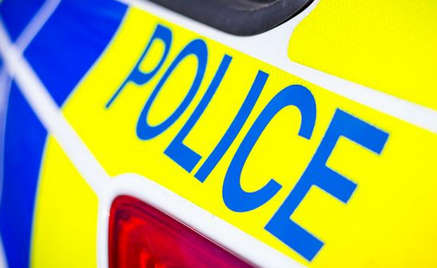 Teenage Boys Convicted After Pakefield Robbery
Teenage Boys Convicted After Pakefield Robbery
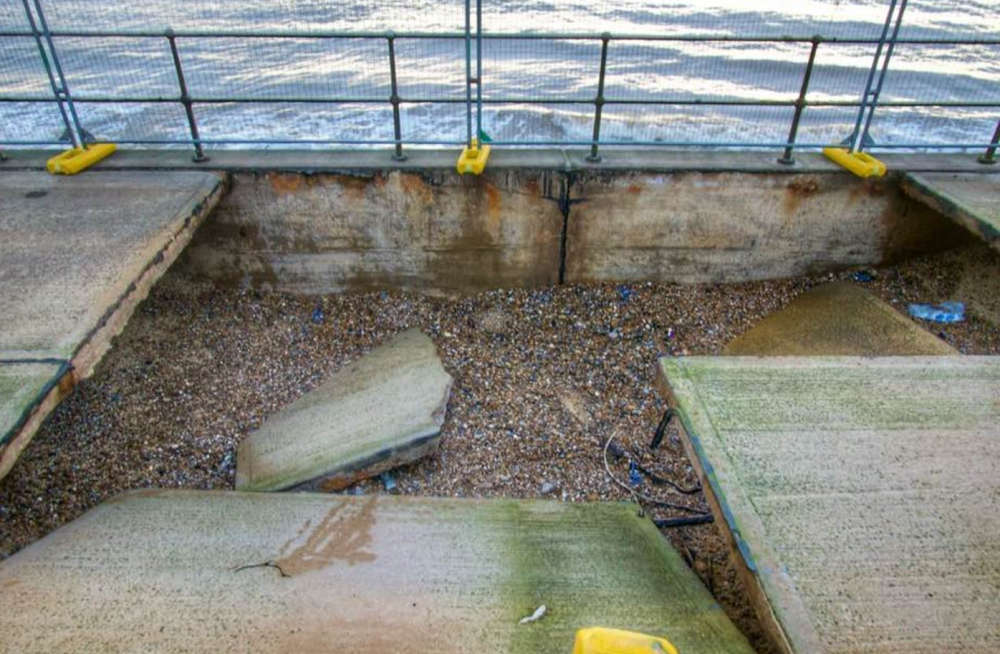 Southwold Promenade Reopens
Southwold Promenade Reopens
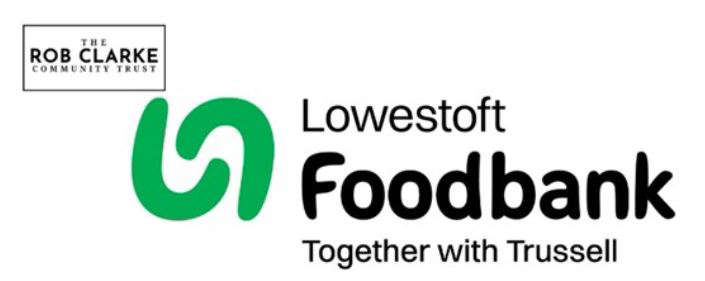 New Era Lowestoft and District Foodbank
New Era Lowestoft and District Foodbank
 Suffolk Author's First Book Published
Suffolk Author's First Book Published
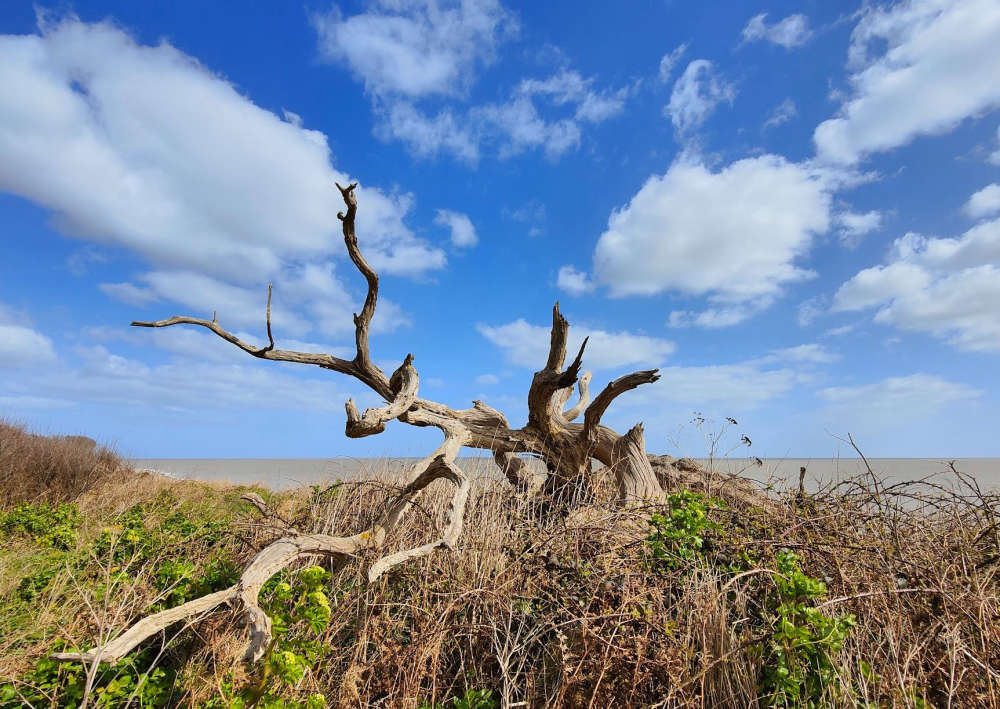 Suffolk's Record Breaking Sunny March
Suffolk's Record Breaking Sunny March
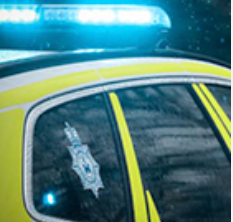 Suffolk Police Highlight Criminal Road Use
Suffolk Police Highlight Criminal Road Use
 Work Complete on Lowestoft's Nexus Development
Work Complete on Lowestoft's Nexus Development